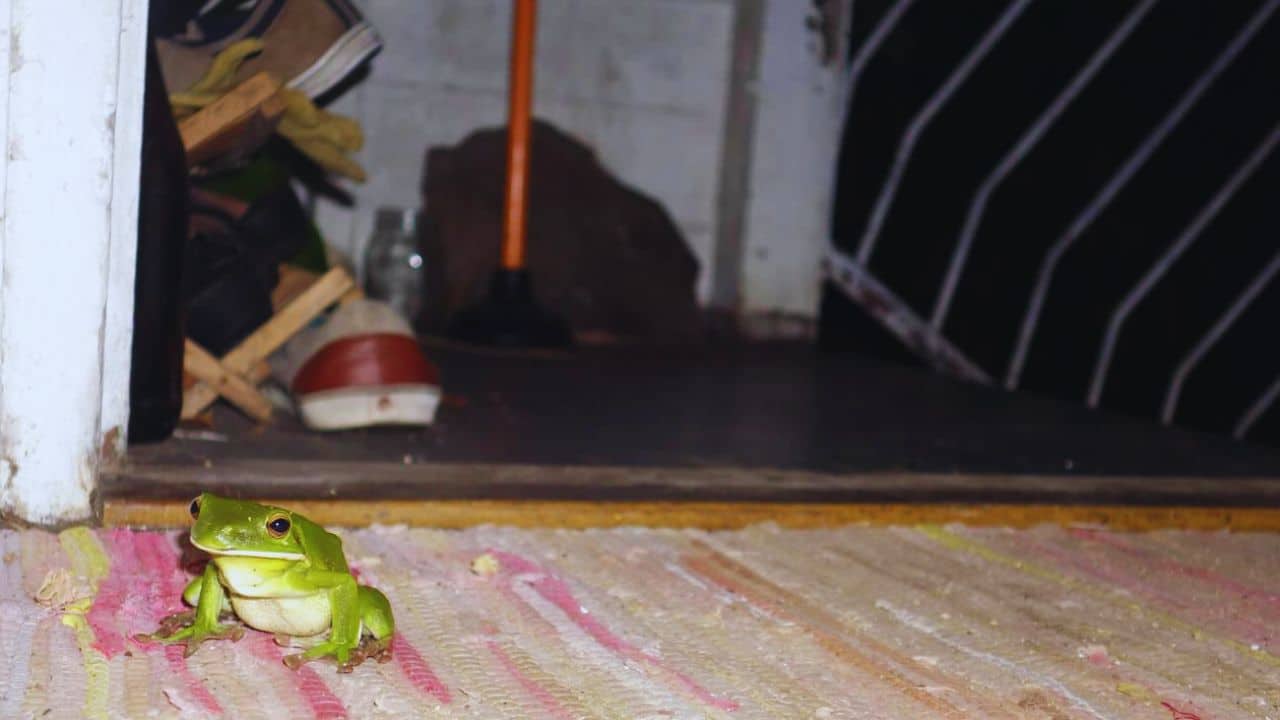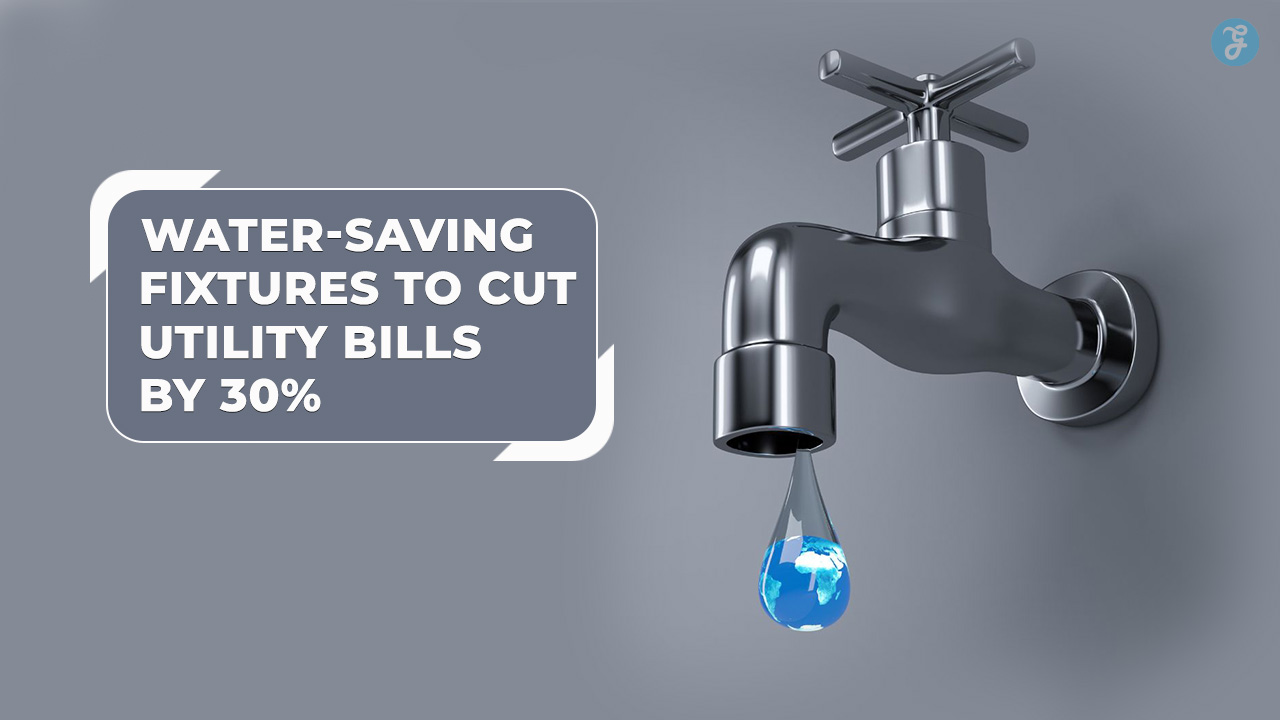Frogs, while often a delightful part of the natural landscape, can sometimes become a nuisance for homeowners. Whether they’re causing disturbances with their nighttime croaking or posing health risks through bacterial transmission, managing frog populations in your yard requires understanding their behavior and implementing effective strategies.
Understanding Frog Behavior
Frogs are attracted to yards that provide favorable conditions for their survival. Water sources such as ponds, creeks, or even puddles from poor drainage are magnets for frogs seeking breeding grounds and moisture.
Gardens rich in insects like fruit flies, grasshoppers, and spiders attract frogs, as these creatures serve as their primary food source.
Pros and Cons of Having Frogs
While frogs offer ecological benefits by naturally controlling pest populations and contributing to local ecosystems, their presence can also bring challenges.
Frogs’ loud croaking during mating season can disturb sleep patterns, especially in urban and suburban areas. Additionally, certain frog species can carry bacteria like salmonella, posing health risks to pets and humans through direct or indirect contact.
Reasons to Manage Frog Populations
Managing frogs becomes necessary for several reasons. Firstly, frogs attract predators like snakes, leading to unwanted encounters in your yard. Secondly, some frog species are carriers of diseases harmful to humans and animals, necessitating control measures to minimize health risks.
Finally, invasive frog species can disrupt local ecosystems by outcompeting native species for resources, affecting biodiversity.
Effective DIY Methods to Deter Frogs
Implementing DIY strategies can help discourage frogs from taking up residence in your yard:
- 1. To deter frogs, try creating a vinegar spray by mixing equal parts vinegar and water in a spray bottle. Target areas where frogs congregate or where you hear their croaking, such as around ponds or other damp spots.
The acidity of the vinegar irritates frogs’ skin, prompting them to seek less hostile environments. Reapply the spray after rain or watering to maintain its effectiveness.
- 2. Addressing drainage issues is another crucial step in discouraging frogs from inhabiting your yard. Fix any areas where water collects or pools, as frogs require moisture-rich environments for breeding and survival.
Ensure gutters are clean and functioning properly to prevent water from accumulating near your home’s foundation.
- 3. Introducing natural predators into your yard can also help control frog populations. Consider attracting or introducing predators such as snakes, birds, or certain mammals that prey on frogs.
Provide shelters or nesting boxes to encourage these predators to frequent your yard, helping to maintain a balanced ecosystem.
- 4. Installing physical barriers can prevent frogs from accessing specific areas of your yard. Use fine-mesh fencing around gardens or ponds to deter frogs from entering or laying eggs. Ensure the fencing is at least 30 inches high to discourage frogs from jumping over.
- 5. Modify your yard’s habitat to make it less hospitable to frogs. Keep your lawn well-trimmed and free of debris where frogs might hide.
Minimize mulch and leaf litter around plants to reduce potential hiding spots for frogs, encouraging them to seek habitat elsewhere.
- 6. Adjust outdoor lighting to reduce nighttime illumination, which attracts insects like mosquitoes, flies, and crickets—the primary food sources for frogs.
Fewer insects mean less food available for frogs, potentially prompting them to seek feeding grounds outside your yard.
Seeking Professional Assistance
If DIY methods prove ineffective or if you prefer expert guidance, wildlife control specialists offer effective solutions for managing frog populations:
Professionals can safely capture and relocate frogs without harming them, using humane traps and handling techniques. They are knowledgeable about local regulations regarding protected species and can ensure compliance when removing frogs from your property.
Consulting with wildlife specialists provides insights into preventing future frog infestations. They conduct thorough inspections to identify potential frog habitats and recommend tailored strategies to deter frogs from returning.
Legal Considerations
Understanding local laws and regulations is essential when managing frogs in your yard. Some frog species may be protected by law, making it illegal to harm or remove them without proper authorization.
Consulting with local wildlife authorities or pest control professionals ensures compliance with legal requirements while effectively managing frog populations.
Final thoughts
Successfully managing frogs in your yard requires a balanced approach that acknowledges their ecological role while addressing potential nuisances.
By understanding frog behavior and implementing humane deterrents and prevention strategies, homeowners can create environments that minimize frog presence.
Whether through DIY methods or professional assistance, maintaining a harmonious ecosystem benefits both residents and local wildlife, ensuring a peaceful coexistence in your outdoor space.
















































